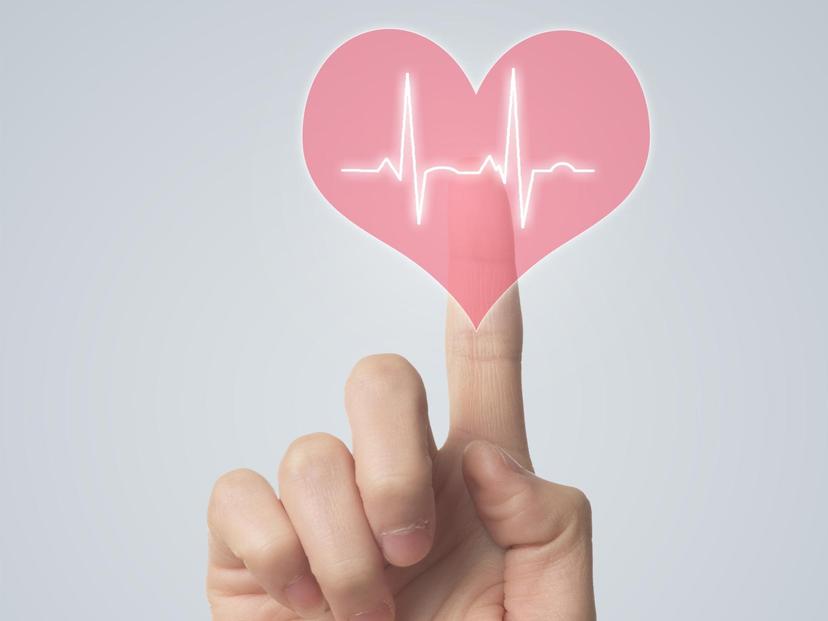28 февраля 2022
Blood Clots: Who Is at Risk and Is There a Way To Prevent It?


28 февраля 2022
Blood Clots: Who Is at Risk and Is There a Way To Prevent It?
Blood clots from platelets by sticking together in chains, and they can show up in veins and arteries. Lumps are fixed on the walls of blood vessels—in some cases due to blood clotting disorders, in others as a result of damage to the inner wall of the vessel.
If a blood clot breaks off under the influence of any factor, it flies away through the bloodstream and blocks it in a narrow place. ===A blood clot can enter the arteries of the brain (ischemic stroke), the intestine (mesenteric thrombosis), the arteries of the extremities (acute ischemia), the heart artery (myocardial infarction), and the pulmonary artery.
## Who is at risk?
As a rule, people over 50 years old are at the highest risk. Blood clots often appear on the surface of atherosclerotic plaques—deposits of cholesterol on the inner wall of blood vessels. Plaque can be unstable: as soon as it gets damaged, the body tries to “patch up the hole” supported by a blood clot.
There are great risks in people with varicose veins, venous disease, hypertension, atrial fibrillation, coronary artery disease, and poor heredity. It is also necessary to undergo examination after operations, long lie-downs, and during COVID-19 illness and a few weeks following recovery.
## How to protect yourself
There are studies and tests that detect a tendency to form blood clots. All people at risk should take a look at them.
__Coagulogram__ is the first stage of screening. A normal test will show deviations from the norm of blood coagulation. A bad test will show the whole range of possible disorders, including blood flow. The coagulogram includes prothrombin index (PTI), APTT, fibrinogen and platelet levels, and INR for people who constantly take blood-thinning drugs.
__Determination of the Leiden mutation__ — genetic analysis for a tendency to thrombosis. The Leiden mutation occurs in 2–6 percent of Europeans. The presence of a defective gene increases the likelihood of venous blood clots and the risk of heart attack and stroke by 6–8 times. Early treatment reduces the risk of complications.
__D-dimer__ is a test that detects a tendency to form blood clots. Everyone needs to do the test periodically, and women need to monitor the level of D-dimer during pregnancy and especially while taking hormonal contraceptives. D-dimer increases significantly in moderate to severe COVID-19, so all patients receive therapeutic doses of anticoagulants.
__Thromboelastography and thromboelastometry__ are the most informative studies, detailed observation of the formation of a blood clot and its subsequent dissolution, including the construction of graphs for each of the stages.
## If you are at risk
Your doctor will prescribe blood-thinning drugs including antiplatelet agents and anticoagulants. Next, it is necessary to eliminate the prerequisites for the formation of blood clots. To cure atrial fibrillation, remove varicose veins and see a hematologist. You can periodically take a coagulogram or purchase a portable coagulometer for home use.
Dangerous complications of thrombosis can be avoided by wearing compression hosiery during air travel and working while standing up, excluding foods containing vitamin K, which thickens the blood (green tea, spinach, lettuce, cabbage, bananas, beef liver), and foods that lead to gas formation, as well as fatty, smoked and salty foods, sausages, alcohol, coffee, chocolate, and sweets. Do not take diuretics and hormones without consulting a doctor.













